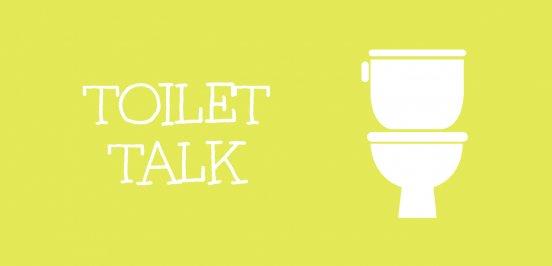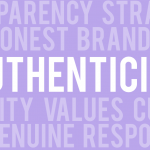Did you know that 2.5 billion people today don’t have access to proper sanitation facilities? It’s not a problem that most people think about, but poor sanitation is such a huge factor in the spread of disease. Lack of proper sanitation contributes to chronic diarrhea, causing 700,000 deaths every year, hindering child development, and reducing the efficacy of vaccines. Clean and safe toilets can also help to keep girls in school. Every $1 invested in sanitation results in $5 worth of social and economic benefit.
The existing sanitation solution that we are all familiar with is the flush toilet, but most don’t know that it’s completely unsustainable. Extracting, cleaning, and delivering water to homes is energy-intensive, and flushing only increases the volume of waste. Waste-water is then cleaned in expensive and energy-intensive water-treatment plants before returning water to the environment.
The current alternatives to flush toilets are often impractical, smelly, don’t kill pathogens effectively, and attract bugs. Valuable by-products such as nitrogen and phosphorus are also wasted.
It’s neat to see different organizations tackling this issue – the Gates Foundation gives grants to partners for research, education, and advocacy. The social venture Svadha in India has created toilet packages and a network of village entrepreneurs to distribute them, increasing accessibility in underserved rural areas. Entrepreneur Mayank Midh designed the smart and portable GARV toilet with solar powered LED lights and exhaust fans. One model treats fecal matter with bacteria so it can be used as an odourless pesticide. His design human-centered – the stainless steel material is easy to clean and vandal-proof. He also considers the social acceptance of sanitation practices in different communities, with one model including a sanitary pad dispenser and incinerator.
Progress in addressing this issue is hindered by lack of awareness and cultural taboos around discussing sanitation practices. The UN World Toilet Organization has tried to combat this with limited success by creating the UN World Toilet Day on November 19th and hosting an annual World Toilet Summit. However, I noticed that most of their partners are governments, non-profit organizations, or social ventures. This is a great opportunity for business to step up in a unique and impactful way. Many brands don’t want to be associated with the issue, but it’s actually a great fit for cleaning products or any company focused on hygiene and health (like Unilever). It’s also a great opportunity for marketing professionals to creatively find ways to spread awareness. So let’s keep talking toilets and finding solutions!
Other Sources






robertograssi
April 10, 2017 — 5:13 pm
This is a very interesting topic! Sanitation plays such a huge part in our modern lives and it is so often overlooked and disregarded. In Brazil, because of how resource intensive construction of a sanitation infrastructure is, many low-income neighbourhoods do not have access to sanitation of any kind. My aunt works as an architect for that supervises the construction of housing for such families and she has told me stories that some families have no idea what a toilet is and when she goes to do a follow-up inspection to see how the relocated families are adapting to their new house, it is coming to see toilets and bathrooms being misused. In one case she even found that a family thought that it was a vase to plant small trees in. However, with the economic boom Brazil had half a decade ago, this problem had began being tackled and there were some neighbourhoods that adopted sustainable sanitation solutions such as directing the waste into facilities that would gather nitrogen to generate natural gas energy from and process the rest of the waste in order to make it fit for fertilization of soil.
TessDavies
April 10, 2017 — 9:22 pm
A great cause for sure, a good friend of mine has actually started a plunger company that does just that!!! Check it out http://www.bigdumpplungers.com, portion of all her proceeds goes to that